In Photos: Ancient Tomb of Chinese Couple Discovered
Ancient city

A tomb dating back around 700 years, to a time when the descendants of Genghis Khan ruled China, has been discovered in Yangquan City, China. The octagon-shaped tomb is filled with murals and has a pyramid-shaped roof. [Read more about the discovery of this mural tomb]
Nighttime view

The interior of the tomb's pyramid-shaped roof is decorated with images of the sun, moon and stars.
Lost remains
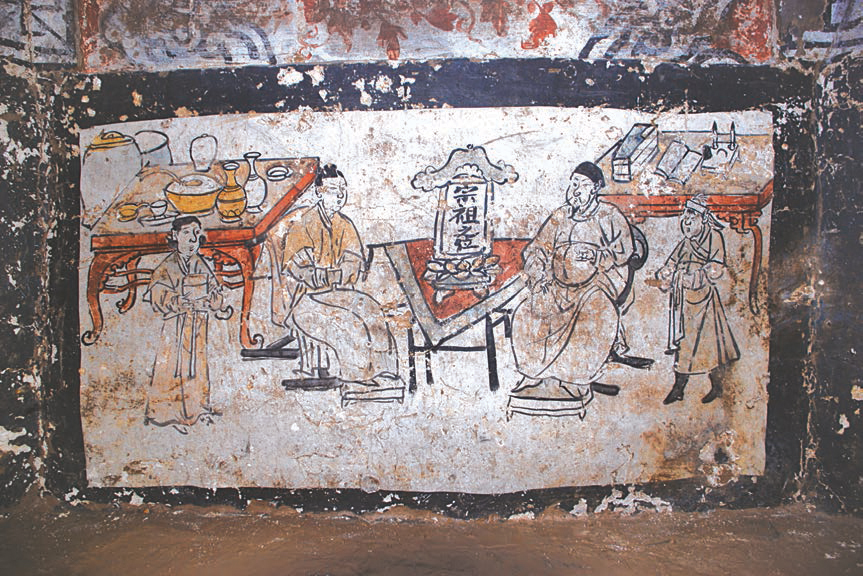
While no skeletal remains were found inside the tomb, a mural on the north wall depicts the tomb's occupants: a husband and wife. In the mural, the husband can be seen at right and the wife on the left. They each have a servant beside them. A table with writing implements can be seen behind the husband.
Mongol wear
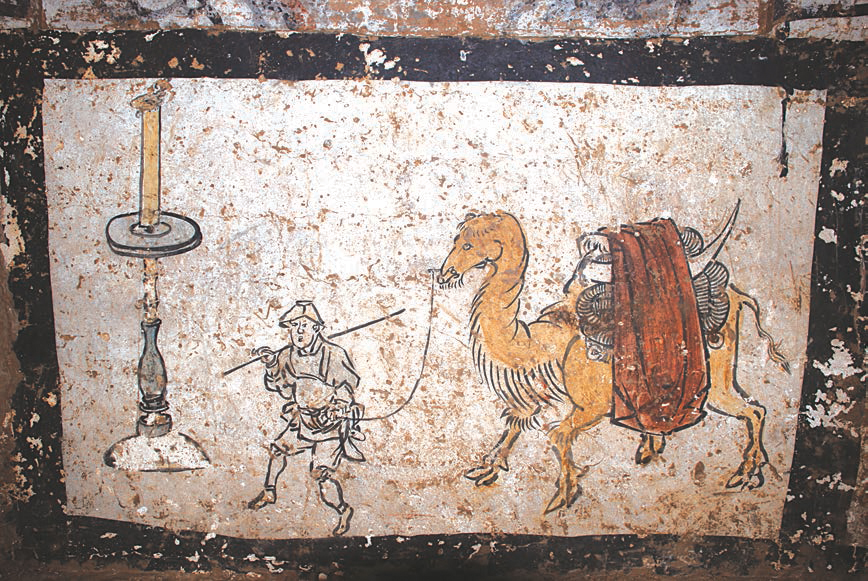
Some of the people depicted in the tomb's murals can be seen wearing Mongol rather than Chinese fashions. The person shown leading the camel, in this mural, can be seen wearing a soft hat with four edges, which archaeologists note is a design worn by the Mongols.
Morbid family tale
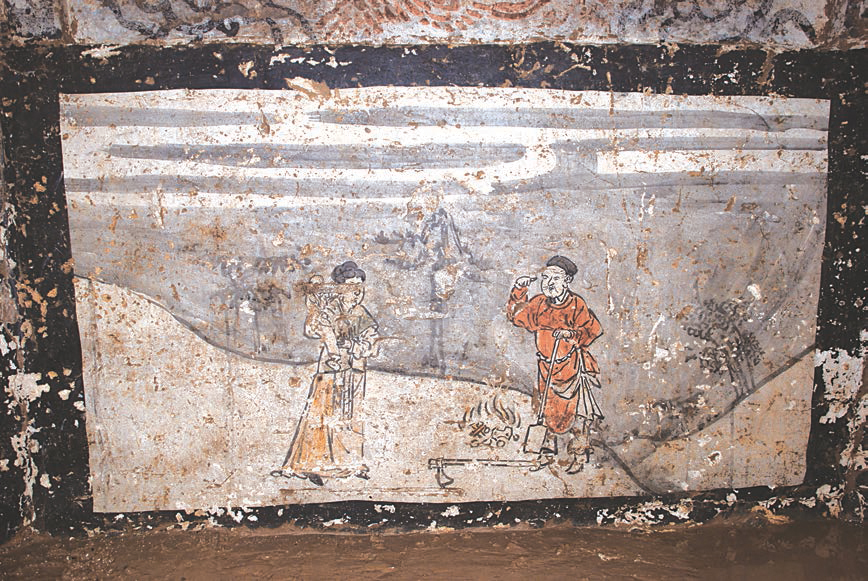
This mural depicts the story of Guo Ju. In the story, Ju lives with his wife, a young son and Ju's sick mother. The family can't afford to buy medicine for Ju's mother and the family is short on food. So, Ju and his wife decide to bury their son alive so that they can properly care for Ju's mom. When they dig the burial hole, however, they find gold coins and treasure. As a result, they don't have to sacrifice the child, and the family lives happily ever after.
Finding unity
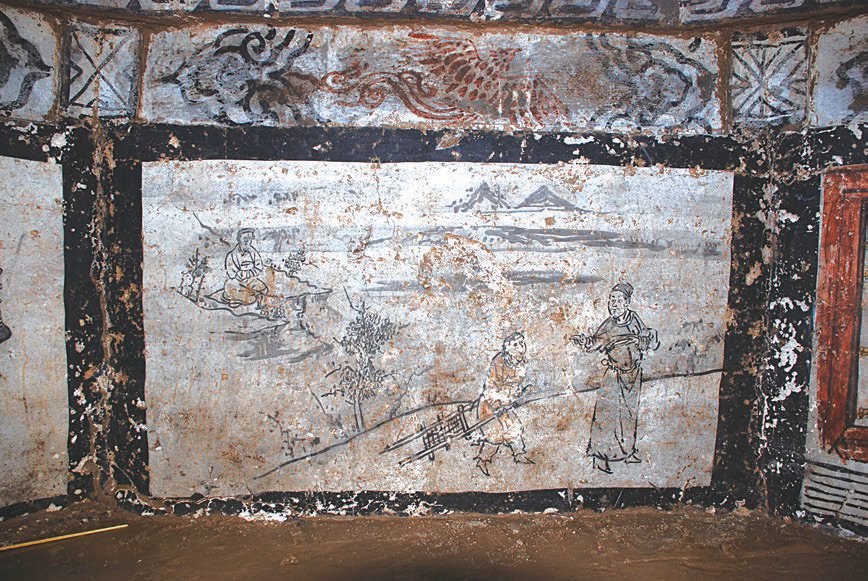
This mural depicts another famous Chinese story, that of Yuan Jue. In the story, Jue is a child whose family is trying to survive a famine. Jue's father decides to bring Jue's grandfather, seen at far left, out into the wilderness so he will die and the rest of the family will stand a better chance of survival. Jue scolds his father, saying that if he goes through with it, Jue will do the same thing to the father when he is older. The father relents and the family makes it through the famine together. Stories like this emphasize the importance of caring for parents and grandparents properly.
Musicians play
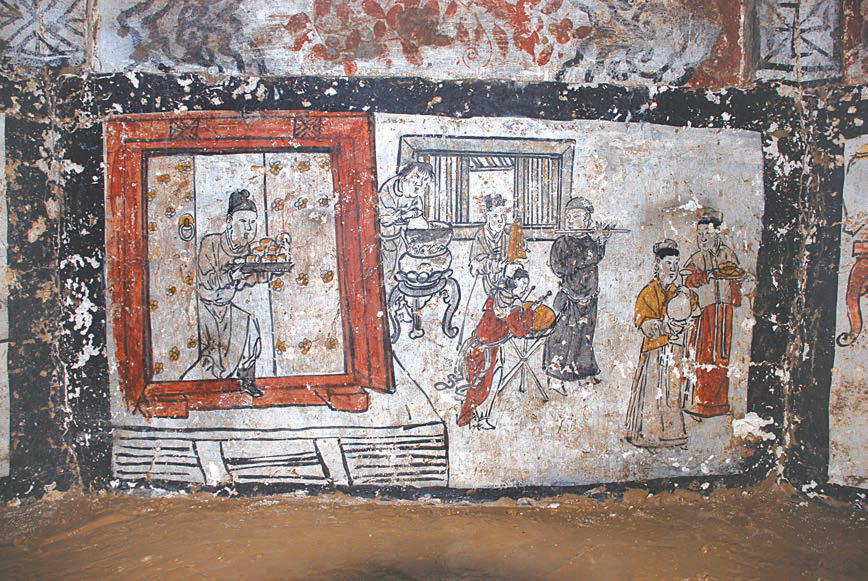
In this tomb mural, a band of musicians plays, while servants serve food and drinks. A male musician plays the flute, while a female musician plays the drums and another female musician plays a clapper.
Get the world’s most fascinating discoveries delivered straight to your inbox.
Tea time
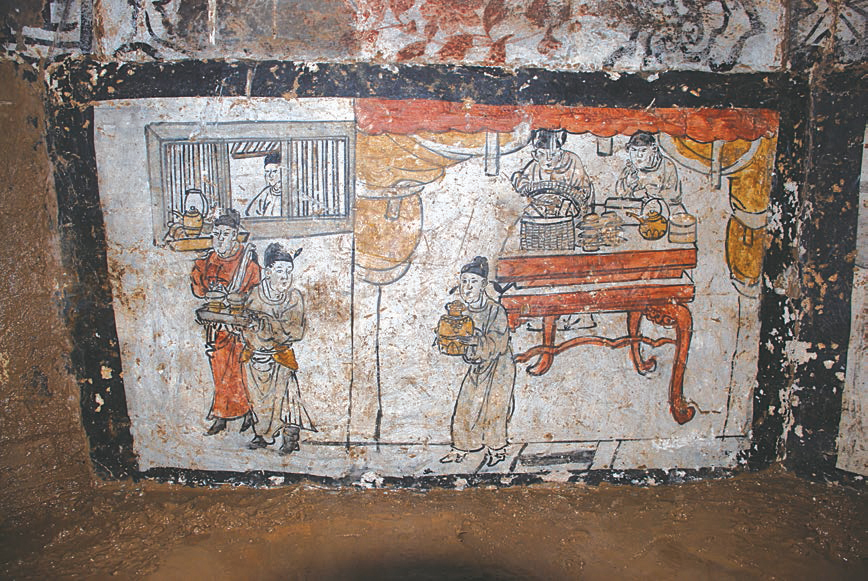
This mural shows tea and snacks being prepared and served.
Horse and lamp
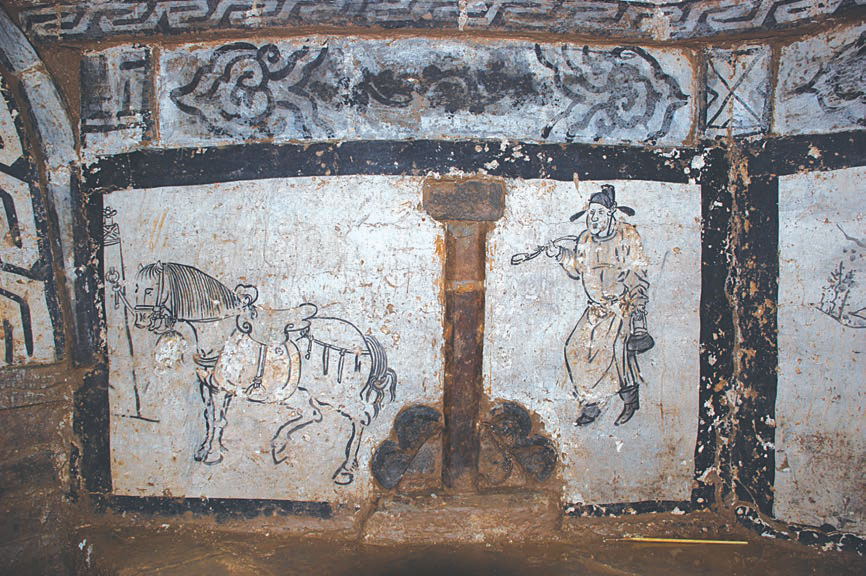
This mural is unusual in that an object, in this case a standing lamp, protrudes from the center of the mural. To the left of the lamp is a horse tied to a post, while the rider is to the right of the standing lamp.
Beautiful detail
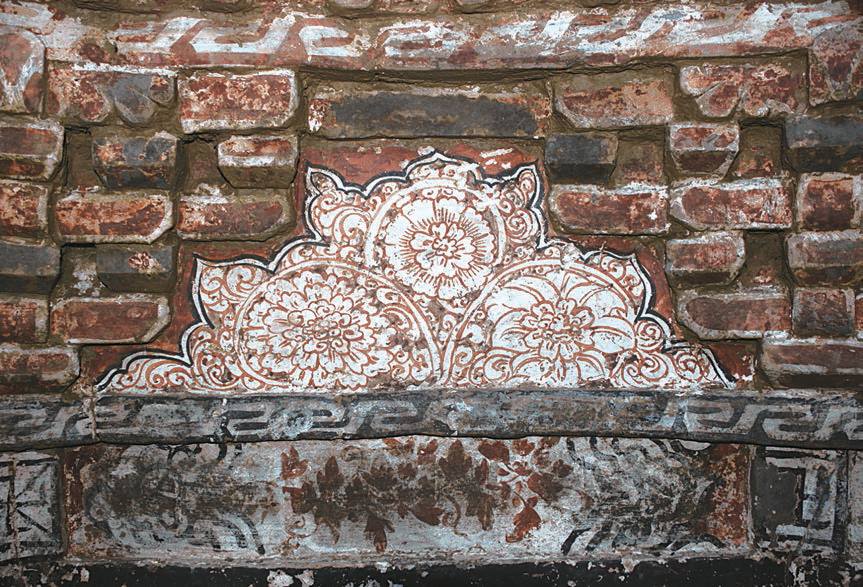
Some of the tomb's floral decorations and brick architecture can be seen in this image.

Owen Jarus is a regular contributor to Live Science who writes about archaeology and humans' past. He has also written for The Independent (UK), The Canadian Press (CP) and The Associated Press (AP), among others. Owen has a bachelor of arts degree from the University of Toronto and a journalism degree from Ryerson University.


